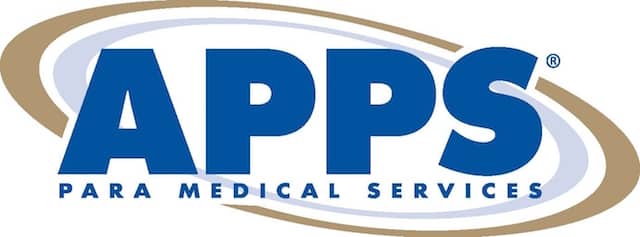Members of the healthcare team may include the following:
Home Health Aide (HHA): The home health aide performs delegated tasks, such as taking vital signs, and provides routine personal care, such as bathing clients or preparing meals. Home health aides spend more time with clients than other members of the healthcare team. That is why they act as the “eyes and ears” of the team. Observing and reporting changes in the client’s. condition or abilities is a very important role of the HHA.
Case Manager: Usually a registered nurse, a case manager or supervisor is assigned to each client by the home health agency. The case manager or supervisor, with input from other team members, creates the basic care plan for the client. He or she monitors any changes that are observed and reported by the HHA. The case manager also makes changes in the client care plan when necessary.
Registered Nurse (RN): In a home health agency, a registered nurse coordinates, manages, and provides care. RNs also supervise and train home health aides. They develop the home health aide plan of care, or assignments. A registered nurse has graduated from a two- to four-year nursing program. RNs have diplomas or college degrees and have passed a licensing examination administered by a state board of nursing. Registered nurses may have additional academic degrees or education in specialty areas.
Physician (MD): A doctor’s job is to diagnose disease or disability and prescribe treatment. Doctors have graduated from four-year medical schools, which they attended after receiving bachelor’s degrees. Many doctors also attend specialized training programs after medical school. A doctor generally decides when patients need home health care and refers them to home health agencies.
Physical Therapist (PT): A physical therapist administers therapy in the form of heat, cold, massage, ultrasound, electricity, and exercise to muscles, bones, and joints. Goals of physical therapy include improving blood circulation, promoting healing, helping the client regain or maintain mobility, and easing pain.
Speech Language Pathologist (SLP): A speech language pathologist, or speech therapist, identifies communication disorders in clients and addresses factors involved in recovery. An SLP develops a plan of care to meet short- and long-term goals for recovery. An SLP teaches exercises that will help the client improve or overcome speech impediments. An SLP also evaluates a person’s ability to swallow food and drink.
Occupational Therapist (OT): An occupational therapist helps clients understand and learn to compensate for disabilities. For clients in home care, an occupational therapist may assist in training clients to perform activities of daily living (ADLs), such as dressing, eating, and bathing. This often involves the use of special equipment called assistive or adaptive devices. The OT evaluates the client’s needs and develops a treatment program.
Registered Dietitian (RDT): A registered dietitian or nutritionist teaches clients and their families about special diets to improve their health and help manage their illness.
Medical Social Worker (MSW): A medical social worker determines clients’ needs and helps them get support services, such as counseling, meal services, and financial assistance. An MSW holds a master’s or bachelor’s degree in social work.
